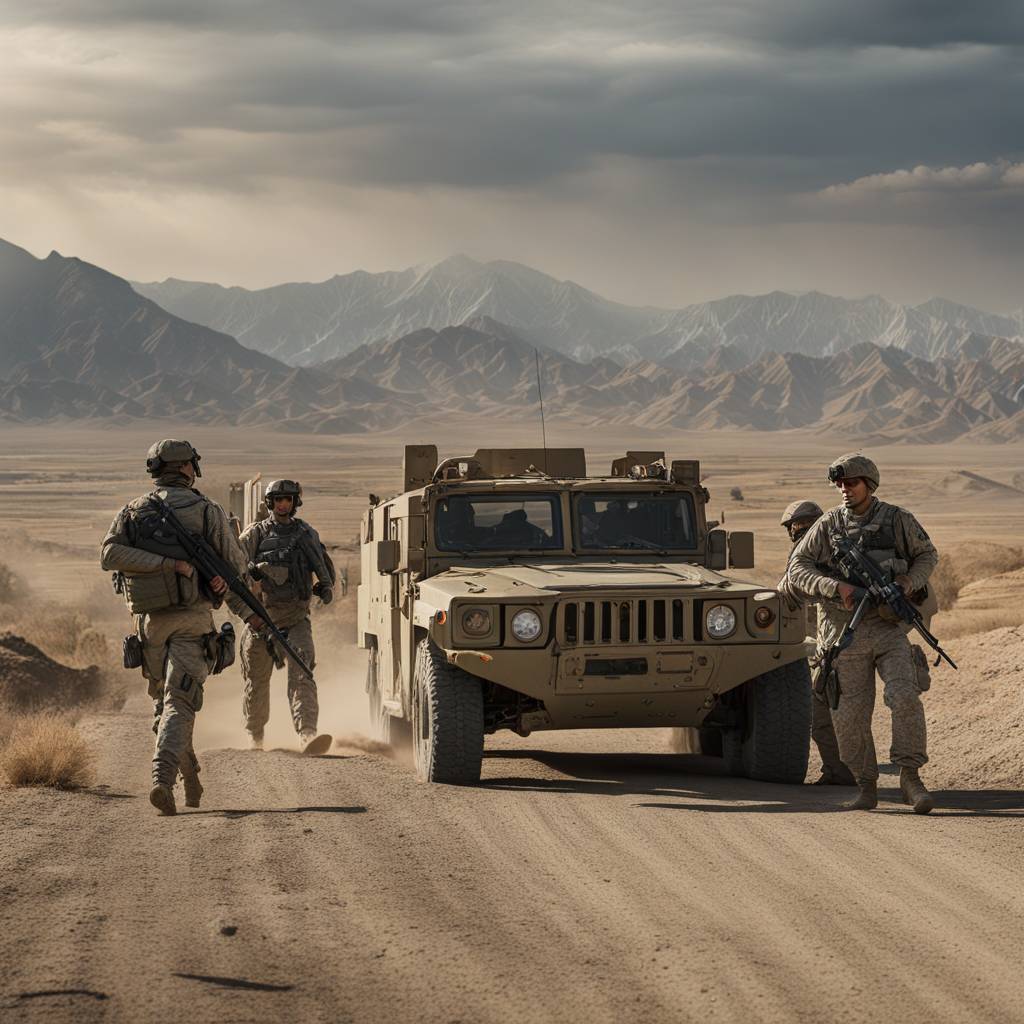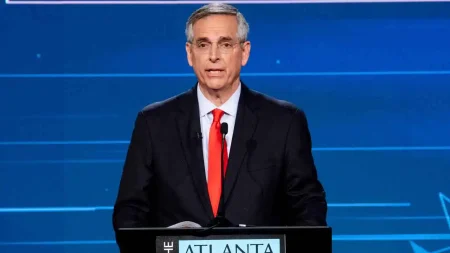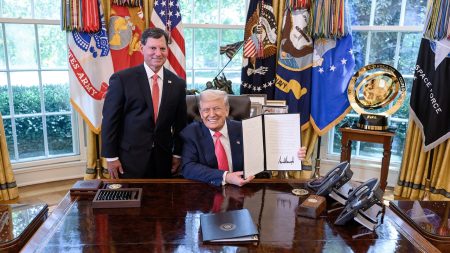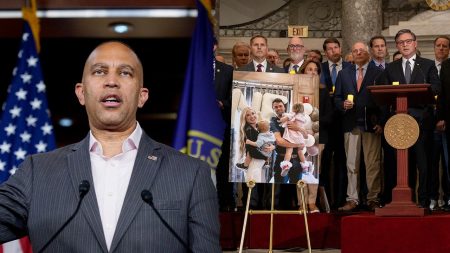The closed-door testimony from three top State Department officials shed light on the chaotic and ad-hoc nature of the final days of the US presence in Afghanistan. Rushed with virtually no time to prepare and no established evacuation plan in place, the officials, John Bass, Jim DeHart, and Jayne Howell, were plucked from unrelated assignments due to their extensive experience in Afghanistan. The interviews conducted by the House Foreign Affairs Committee as part of an ongoing investigation into the 2021 evacuation that led to the deaths of 13 US service members revealed the unprecedented situation that unfolded in the country.
Gen. Mark Milley, the now-retired Joint Chiefs chairman, highlighted that the decision to launch a noncombatant evacuation operation (NEO) for remaining US citizens came too late, contributing to the chaos outside the Kabul airport. The new details from the transcripts show the unplanned and ad-hoc nature of the evacuation, with constant adjustments to deal with the rapidly changing circumstances. State Department officials defended their decision-making but acknowledged the need for improvements in future emergency evacuations.
The officials rushed to Kabul faced an overwhelming challenge on the ground, where minute-to-minute changes complicated efforts to create effective evacuation systems alongside the US military. The lack of a clearly articulated plan led to constant adaptations, with the dangerous and overcrowded conditions at the Kabul airport rendering preformed plans ineffective. The State Department continued to defend its approach, emphasizing the complexity and challenges faced in executing the evacuation under extraordinary circumstances.
The lack of time to prepare and limited briefings ahead of their arrival in Afghanistan further exacerbated the challenges faced by the officials. Despite the constantly changing guidance on who could be evacuated and how many, the consular officers on the ground navigated the evolving situation with a sense of frustration. Efforts to get people into the airport compound were met with setbacks caused by the Taliban, as security perimeters and violence complicated the evacuation efforts.
Accusations about responsibility for the chaotic final weeks of the Afghanistan withdrawal have fallen largely along party lines, with Republicans criticizing the Biden administration and Democrats blaming the Trump administration for the deal that initiated the withdrawal. The handling of the evacuation operation has been a focal point of criticism, with senior military officials accusing the State Department of delaying the initiation of a NEO, leading to the chaotic events of late August 2021. Despite the challenges faced, officials on the ground worked in coordination with military personnel to evacuate as many Americans and Afghan allies as possible before time ran out.
The coordination between State Department officials and service members at the Kabul airport was described as unprecedented, with regular communication to address the evolving challenges of the emergency environment. Despite the lack of clarity in the chain of command, the emergency situation allowed personnel to respond quickly and cooperate effectively to navigate the rapidly shifting circumstances. The transcripts suggest that, despite the criticisms, there was a high level of coordination on the ground between different agencies to facilitate the evacuation efforts.













